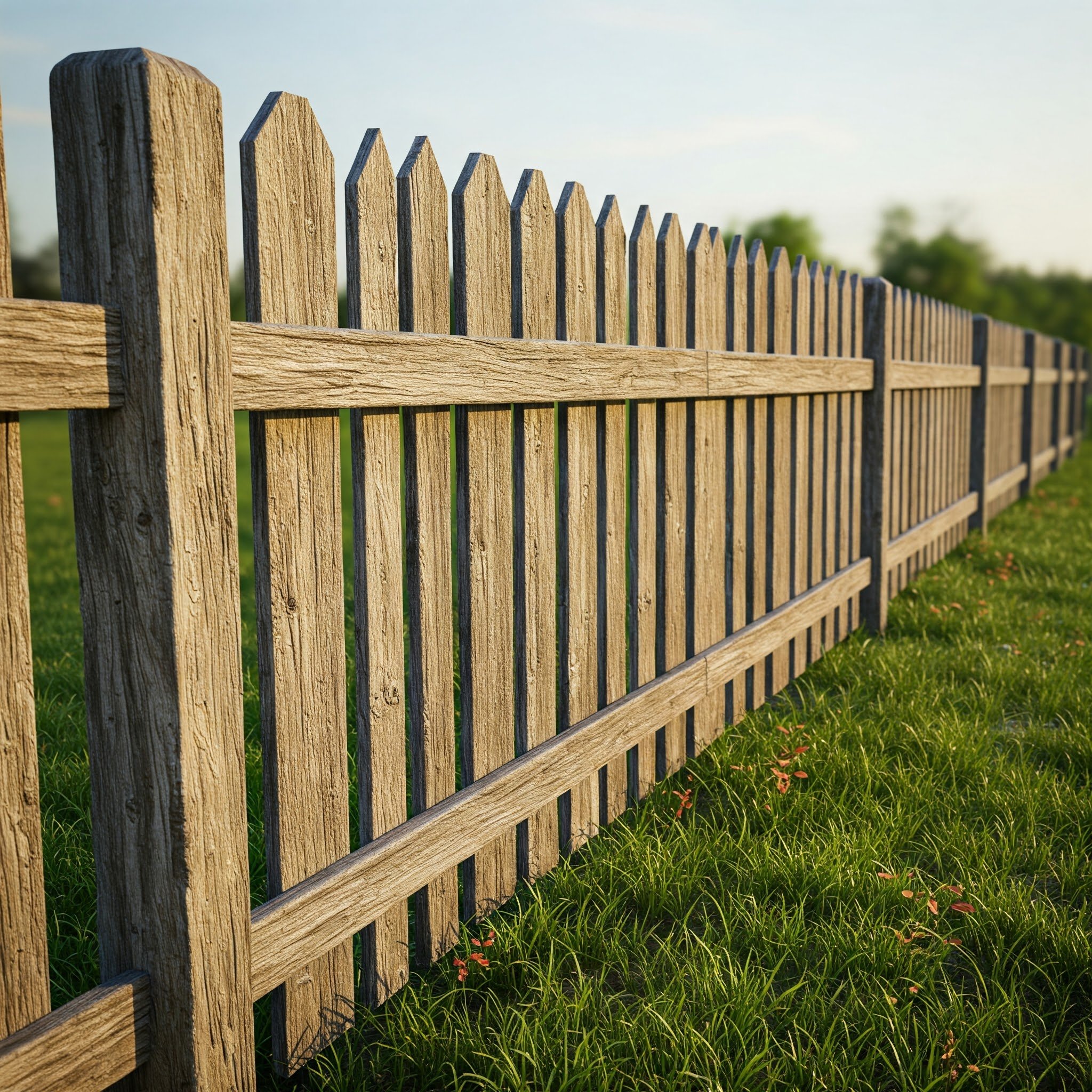How Do You Get Rid of Nutsedge? Proven Solutions
Struggling with stubborn nutsedge in your lawn or garden? Discover proven solutions to effectively get rid of nutsedge and prevent it from coming back.
Oh, nutsedge! It’s that pesky weed that pops up just when you think your lawn is looking perfect. With its sharp, triangular stems and rapid growth, nutsedge can quickly take over, leaving you frustrated and your lawn looking less than stellar. So, what’s a homeowner to do? This guide, How Do You Get Rid of Nutsedge? Proven Solutions, is here to help.
We’ll explore the most effective ways to tackle nutsedge, from manual removal to chemical treatments, and even a few natural remedies. Whether you’re a seasoned gardener or a newbie, these tips will have you well on your way to a nutsedge-free yard.
What Is Nutsedge, and Why Is It Such a Nuisance?
Before we dive into the nitty-gritty of how to get rid of nutsedge, let’s take a moment to understand what we’re dealing with. Nutsedge, also known as nutgrass, isn’t your average weed. It’s a perennial sedge with a fondness for wet, poorly drained soil.
Why Nutsedge Is So Troublesome
Fast Growth: Nutsedge grows rapidly, often outpacing your lawn grass and plants.
Tuber System: It spreads through underground tubers, making it challenging to eradicate completely.
Nutrient Competition: It competes with your lawn for nutrients and water, weakening the grass.
Resistance to Standard Herbicides: Unlike typical weeds, nutsedge often laughs in the face of regular herbicides.
Nutsedge is a particularly troublesome weed that can wreak havoc on lawns and gardens. Its rapid growth allows it to quickly outpace surrounding grass and plants, making it difficult to control once it takes hold. The real challenge, however, lies in its underground tuber system, which enables it to spread aggressively and makes complete eradication a daunting task. Nutsedge doesn’t just take up space—it competes fiercely with your lawn for essential nutrients and water, leaving your grass weakened and struggling to thrive. To make matters worse, nutsedge often proves resistant to standard herbicides, shrugging off treatments that work on other weeds. Understanding these challenges highlights the need for targeted strategies to effectively manage and eliminate this persistent invader.
How Do You Get Rid of Nutsedge? Proven Solutions
Dealing with nutsedge requires a mix of patience, persistence, and the right strategies. Here are some tried-and-true methods to rid your lawn of this stubborn invader.
1. Manual Removal
Sometimes, getting down and dirty is the most effective first step. Here’s how to do it right:
Pulling by Hand: If you catch nutsedge early, you can pull it out by hand. Be sure to grab it at the base and gently pull to remove the entire plant, including the tubers.
Use a Garden Fork: For more extensive infestations, a garden fork can help loosen the soil, making it easier to remove the plants without breaking the roots.
Repeat as Necessary: Manual removal may take a few attempts to fully eradicate nutsedge, especially if you miss some tubers.
When dealing with nutsedge, sometimes the simplest approach—manual removal—can be surprisingly effective, especially if you catch the infestation early. Pulling by hand is a great first step. To do it right, grab the plant at the base and gently pull, ensuring you remove the entire plant, including its pesky underground tubers. If the infestation is more extensive, using a garden fork can help loosen the soil around the roots, making it easier to extract the plants without leaving behind any tubers. Since nutsedge is persistent, you may need to repeat this process several times to fully eradicate it. With patience and consistent effort, manual removal can help keep this tough weed under control and prevent it from spreading further.
2. Improve Drainage
Nutsedge thrives in wet, poorly drained soil. By improving your lawn’s drainage, you can create an environment less inviting to nutsedge.
Aerate the Lawn: Regular aeration helps break up compacted soil, improving drainage and root growth for your grass.
Level Low Spots: Fill in low areas where water tends to pool.
Adjust Watering Practices: Water deeply but less frequently to encourage deeper root growth in your grass, which helps outcompete weeds.
Improving your lawn’s drainage is a crucial step in preventing nutsedge, as this persistent weed thrives in wet, poorly drained soil. By addressing drainage issues, you create an environment less hospitable to nutsedge, giving your grass the upper hand. Regular lawn aeration helps break up compacted soil, enhancing water flow and promoting healthy root growth for your grass. Additionally, leveling low spots where water tends to pool can prevent the soggy conditions that nutsedge loves. Adjusting your watering practices is also key—water deeply but less frequently to encourage deep root growth in your grass. This not only strengthens your lawn but also makes it more resilient, helping it outcompete weeds like nutsedge.
3. Mulching
Mulching can be a great way to smother nutsedge and prevent it from sprouting.
Apply a Thick Layer: Use a layer of mulch 2-3 inches thick to block sunlight and suppress nutsedge growth.
Focus on Problem Areas: Apply mulch around flower beds, trees, and any areas prone to nutsedge.
Mulching is an effective strategy for controlling nutsedge by smothering it and preventing new growth. A thick layer of mulch, about 2-3 inches deep, blocks sunlight from reaching the soil, which is essential for suppressing nutsedge and other unwanted weeds. This method not only curtails nutsedge growth but also enhances the soil's moisture retention and temperature regulation, promoting healthier plant growth. Focus your mulching efforts on problem areas, such as around flower beds, trees, and other spots where nutsedge tends to thrive. By creating a barrier with mulch, you can significantly reduce the chances of nutsedge sprouting, while also improving the overall appearance and health of your garden or landscape.
4. Use Vinegar
Vinegar is a natural, non-toxic option for killing nutsedge. While it’s not a silver bullet, it can be effective on young plants.
Mix a Solution: Combine one part horticultural vinegar (higher acetic acid content) with one part water.
Spray Directly: Apply the solution directly to the nutsedge leaves on a sunny day.
Be Cautious: Vinegar can kill grass and other plants, so apply it carefully to avoid collateral damage.
Vinegar offers a natural, non-toxic solution for controlling nutsedge, particularly when dealing with young plants. While it may not completely eradicate the weed, it can be an effective part of your weed management strategy. To create a potent mixture, combine one part horticultural vinegar, which has a higher acetic acid content, with one part water. This solution can be sprayed directly onto the nutsedge leaves, ideally on a sunny day to maximize its effectiveness. However, caution is necessary, as vinegar can also harm grass and other desirable plants. Apply it carefully, targeting only the nutsedge to minimize the risk of collateral damage. With careful use, vinegar can help you manage nutsedge in a more eco-friendly way.
5. Chemical Herbicides
If nutsedge is still thriving despite your best efforts, it might be time to bring in the big guns—chemical herbicides.
Choose the Right Product: Look for herbicides specifically labeled for nutsedge control. Common active ingredients include halosulfuron, sulfentrazone, and imazaquin.
Follow the Instructions: Carefully follow the manufacturer’s directions for application rates and timing.
Apply When Active: Apply herbicide when nutsedge is actively growing, typically in late spring or early summer.
If your battle with nutsedge persists despite trying various methods, it might be time to turn to chemical herbicides for more effective control. To ensure success, it’s crucial to select the right product—look for herbicides specifically designed to target nutsedge. Common active ingredients like halosulfuron, sulfentrazone, and imazaquin are proven to combat this tough weed. Once you have the right herbicide, carefully follow the manufacturer’s instructions regarding application rates and timing to achieve the best results. For optimal effectiveness, apply the herbicide when nutsedge is actively growing, typically in late spring or early summer. With the right approach and proper timing, chemical herbicides can help you finally get the upper hand in controlling this persistent weed.
Preventing Nutsedge from Returning
Once you’ve tackled the nutsedge problem, the last thing you want is for it to stage a comeback. Here’s how to keep it at bay:
Regular Lawn Maintenance: Keep your lawn healthy with regular mowing, fertilizing, and watering. A robust lawn is less likely to be invaded by weeds.
Monitor for New Growth: Keep an eye out for new nutsedge shoots and remove them promptly.
Proper Lawn Care Practices: Avoid overwatering and improve soil drainage to create an environment that’s less favorable for nutsedge.
Mulch Your Beds: Use mulch in garden beds to prevent nutsedge and other weeds from taking hold.
Common Mistakes to Avoid
Even with the best intentions, it’s easy to make mistakes when dealing with nutsedge. Here are a few pitfalls to watch out for:
Pulling Without Removing Tubers: If you don’t get the tubers out, nutsedge will regrow quickly.
Overusing Herbicides: Excessive use of herbicides can harm your lawn and reduce its ability to compete with weeds.
Ignoring Drainage Issues: Without addressing underlying drainage problems, nutsedge is likely to return.
Dealing with nutsedge can be challenging, and even with the best intentions, mistakes can set back your efforts. One common pitfall is pulling the weeds without removing their tubers. Nutsedge is notorious for regrowing quickly from these underground tubers, so thorough removal is essential. Overusing herbicides is another mistake to avoid; applying too much can damage your lawn, weakening it and reducing its ability to naturally compete with weeds. Lastly, ignoring underlying drainage issues can make all your hard work futile. Nutsedge thrives in wet, poorly drained soil, so without addressing these conditions, it’s likely to return. Being mindful of these common errors can help you effectively manage nutsedge and maintain a healthy, weed-free lawn.
Conclusion
Nutsedge might be one of the most stubborn weeds out there, but with the right approach, it’s not invincible. From manual removal and improving drainage to using chemical herbicides when necessary, you’ve got a range of effective solutions at your disposal. This guide on How Do You Get Rid of Nutsedge? Proven Solutions has provided the tools and tips you need to tackle this pesky weed head-on.
Remember, persistence is key, and combining multiple methods will give you the best chance of success. Keep up with regular lawn care, and soon enough, your yard will be nutsedge-free and looking its best. Happy gardening!
Frequently Asked Questions
1. Can I use regular weed killer to get rid of nutsedge?
No, standard weed killers are typically ineffective against nutsedge. You’ll need a herbicide specifically formulated for nutsedge control.
2. How long does it take to get rid of nutsedge?
Getting rid of nutsedge can take several weeks to months, depending on the extent of the infestation and the methods used. Persistence is key!
3. Is nutsedge harmful to my lawn?
Yes, nutsedge competes with your lawn for nutrients and water, weakening the grass and potentially leading to a less healthy lawn overall.
4. Can I prevent nutsedge from spreading?
Yes, by maintaining a healthy lawn, improving drainage, and promptly removing new growth, you can prevent nutsedge from spreading.
5. Will nutsedge die off in the winter?
Nutsedge will die back in colder temperatures, but its tubers remain dormant in the soil, ready to sprout again in the spring.































